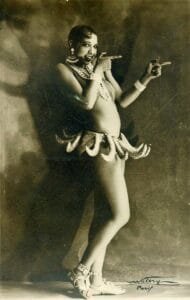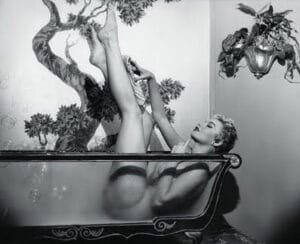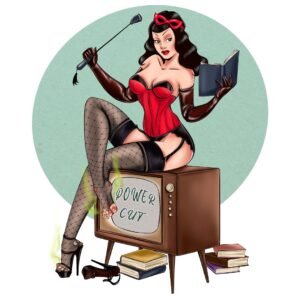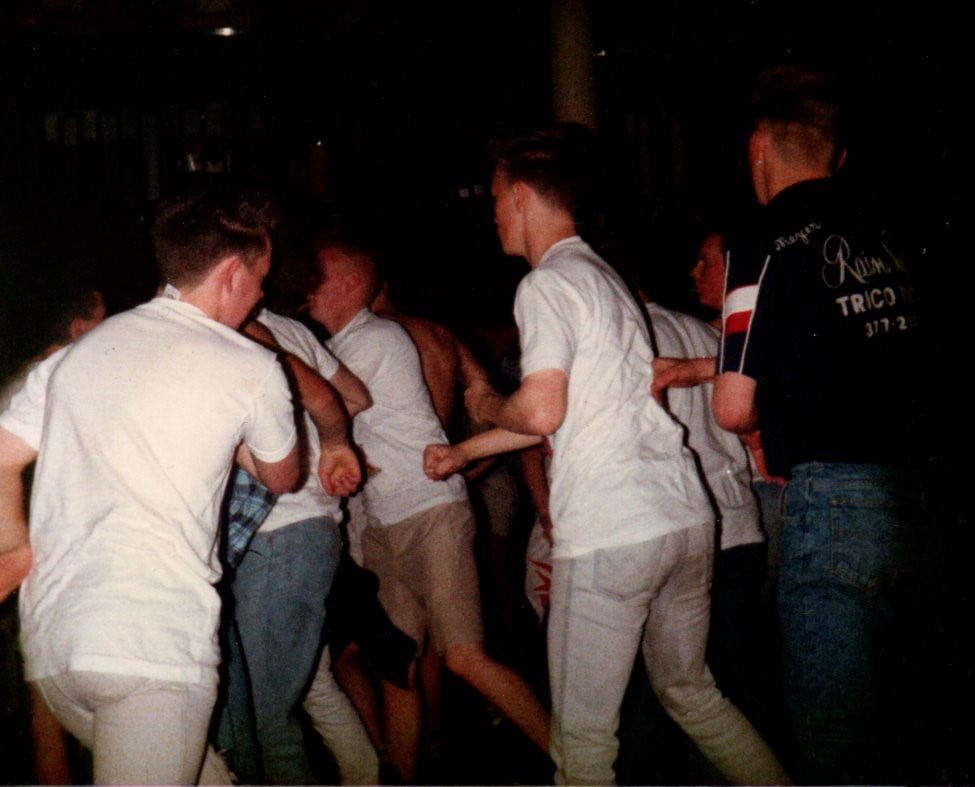Let’s Start With Your Stripper Name
The first thing we need to know about burlesque dancers is that they all have exotic names – Gypsy Rose Lee, Tempest Blaze, Blaze Starr, Immodesty Blaize (I’m detecting a pattern here), Lili St Cyr, Dita Von Teese etc. No one, except Bettie Page, seems to have hit the big time in adult entertainment with a pedestrian name (ok, I’ll concede Josephine Baker also). Every so often a meme will come round on social media to generate your stripper/burlesque name. A common ‘formula’ is your first pet’s name plus your childhood street name; however, this gives me the stripper name Buster Riddell. Buster Riddell is more likely to be a burly inmate of HMP Belmarsh than an alluring femme fatale selling out The Crazy Horse in Paris. Another formula is to pair the colour of your underwear with the last thing you ate: this time I would be Grey Cheese, again, not sexy.
It is said that striptease and burlesque are sisters not twins. With the former the focus is all on the nakedness, burlesque however focuses on the story, the tease, the imagination, the art.
History of Burlesque
Historically there are two well known forms of burlesque – Victorian Burlesque and American Burlesque. The word itself derives from the Italian burlesco, which in turn derives from burla meaning ridicule or mockery. A burlesque show has its roots in vaudeville and variety performance, popular with the lower and middle classes as a way of lampooning the culture of the upper classes. It could be argued that there was a political element to burlesque in the form of social commentary, unlike stripping which was purely for male sexual gratification. Burlesque arrived in America in the 1840s and developed from ‘hoochie-coochie’ dancing, a form of provocative belly dancing. Millie DeLeon id said to be the first American Queen of Burlesque and created her act when she ‘forgot’ to wear her tights on stage.

The golden age of burlesque was 1900-1930, the time when Josephine Baker was performing at the Folies Bergère in Paris. It was here that she wore her (in)famous banana skirt. In addition to being an exotic dancer, she also worked for the French resistance and adopted 12 children from around the world. Baker was the trailblazer of the ‘rainbow family’, long before Madonna and Angelina Jolie.
Burlesquing the Burlesque
In Issue 2 of Power Cut, ‘Lobsters’ by Alexis Somerville is a story set in a rundown British sea-side town where dancing and glamour have long parted company,
“…I performed in second-rate shows at the end of the pier, dancing into the stark cool nights in a place run by an old bloke who fancied himself the Hugh Hefner of breadline Britain, decades after the golden age of striptease when Gareth’s dad had opened the club, with those stunning burlesque stars whose photos now lined the walls, and the son wouldn’t shut up about those halcyon days as he slapped us on the arse…”
The Lobster Girls of Langton’s satirize the era of all female dance troupes and the objectification of female performers. All burlesque dancers have a prop or gimmick – Dita Von Teese performed in a large martini glass, Lili St Cyr her transparent bubble bath, and Blaze Starr often had a black panther on stage with her. In ‘Lobsters’ the twist at the end makes all these props pale in comparison.

Power Cut has another link to the burlesque world in the form of Madame Bruttipedi, our resident bibliotherapist and foot dominatrix. In Issue 1 of Power Cut we learn that Madame used to work as a burlesque dancer until her feet got too sore and she retrained as a bibliotherapist. Madame Bruttipedi is, of course, a parody or burlesque of the burlesque conventions of beauty. She looks like a stereotypical 1950s pinup girl apart from her hideous feet, challenging beauty norms and expectations. In Issue 2 we see her jetting to Comoros to train burlesque dancers in Hahaia, and she also offers us another highly entertaining bibliotherapy prescription.

Vintage Vibe or Stereotype?
The neo-burlesque of the 1990s kick-started the burlesque revival with stars such as Dita Von Teese and Immodesty Blaize. Driving this resurgence was a nostalgia for the glamour and spectacle of days a different era, and burlesque continue to have a vintage aesthetic and association. But is there still a place for burlesque dancing in today’s world? Like everything burlesque has evolved – there is now boylesque (male-fronted performance) and, of course, drag shows. Do these 21st century interpretations offer us anything new or simply serve up stereotypes in contemporary costumes?
Madame Bruttipedi appears in Issue 1 & 2 of Power Cut magazine. If you are new to Power Cut and want to get up to speed on her exploits, both issues can be purchased here.
